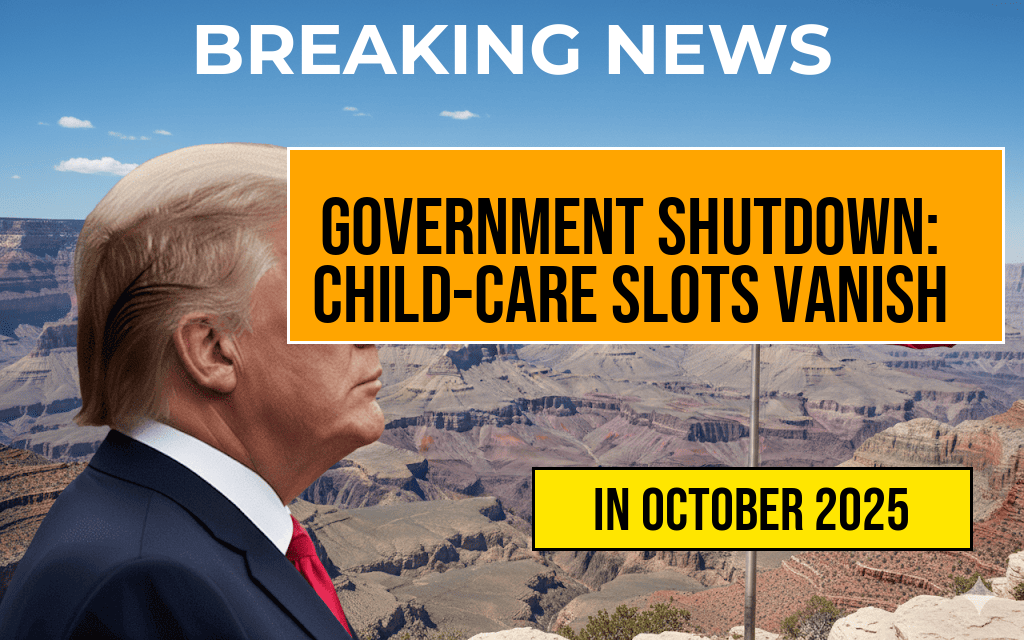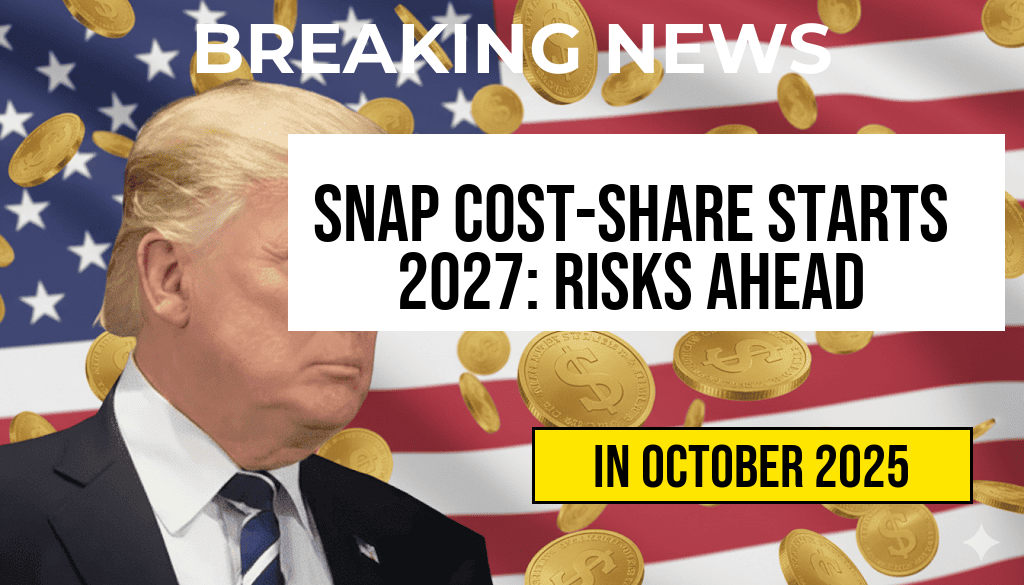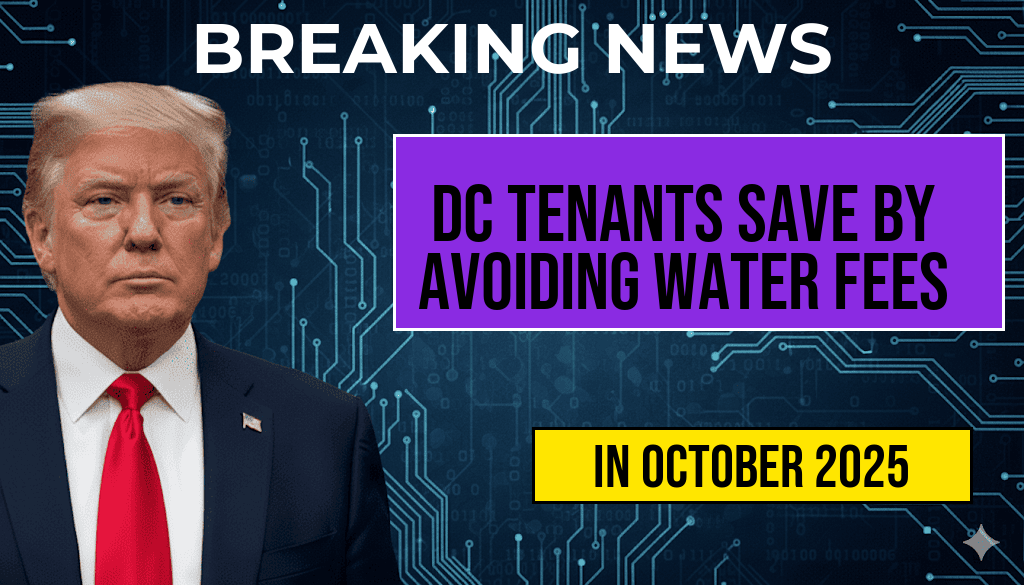Starting in 2027, a significant change will take place in the Supplemental Nutrition Assistance Program (SNAP) as the federal government implements a cost-share model for states. This shift aims to reduce fraud and administrative errors, which have plagued some states. High-error states, which typically report discrepancies in their SNAP administration, could face substantial financial repercussions if they fail to meet new standards. Stakeholders are now grappling with the potential consequences, including the possibility of reduced benefits for recipients, as states scramble to adjust to the impending regulations. The implications of this cost-sharing initiative could affect millions of low-income families who rely on SNAP for food security.
Understanding SNAP and the New Cost-Share Model
SNAP is a federal program designed to assist low-income individuals and families in purchasing food. Under the current system, the federal government covers the entire cost of benefits, while states manage the program’s administration. However, the upcoming cost-share model will require states to contribute a portion of the funding, incentivizing them to enhance their operational efficiency and reduce errors.
High-Error States Under Scrutiny
According to recent reports, certain states have consistently exhibited high error rates in their SNAP administration. These errors can arise from various factors, including improper eligibility determinations and incorrect benefit calculations. With the new cost-share model, states that fail to align with federal standards risk losing significant funding, which could amount to millions of dollars.
- California: Known for its high SNAP enrollment, it has faced scrutiny over discrepancies in its reporting.
- New York: Despite its robust system, it has encountered challenges with accuracy in benefit distribution.
- Texas: Texas has historically struggled with error rates, raising concerns about future funding.
The Financial Stakes for States
As states prepare for the cost-sharing model, the financial implications are becoming increasingly clear. States with high error rates may need to allocate additional resources to improve their administrative processes, which could lead to budgetary strains. As a result, some states are considering options to reduce benefits or tighten eligibility criteria to mitigate potential losses.
Risks to Beneficiaries
The looming changes raise concerns among advocates and beneficiaries alike. Reduced benefits could exacerbate food insecurity for vulnerable populations, particularly children, seniors, and disabled individuals who depend on SNAP for their daily sustenance. The risk of losing access to essential nutrition has prompted calls for a careful examination of the new cost-share model’s implementation.
Potential Solutions and Recommendations
Experts recommend several strategies that states can adopt to navigate the forthcoming changes effectively:
- Investing in Technology: Upgrading systems can enhance accuracy in eligibility and benefit calculations.
- Training Personnel: Providing comprehensive training for staff can help reduce administrative errors.
- Community Engagement: Collaboration with local organizations can improve outreach and education for SNAP recipients, ensuring they understand their benefits and rights.
Monitoring and Accountability
To ensure the success of the cost-share initiative, ongoing monitoring and accountability measures will be crucial. The U.S. Department of Agriculture (USDA) will likely implement stricter oversight mechanisms to track state performance and error rates. States that demonstrate improvement may receive incentives, while those that do not could face penalties.
Looking Ahead: The Future of SNAP
As the 2027 deadline approaches, states must proactively address the challenges posed by the new SNAP cost-share model. Balancing fiscal responsibility with the need to support low-income families will be a critical task for state governments. The outcome of this initiative will not only impact state budgets but also the well-being of millions of Americans who rely on SNAP.
For more details on SNAP and the upcoming changes, you can visit the USDA SNAP page and learn about the program’s guidelines. Additionally, an overview of food assistance programs can be found on Wikipedia.
Frequently Asked Questions
What is the State SNAP Cost-Share program?
The State SNAP Cost-Share program is a new initiative set to begin in 2027, requiring states to contribute a portion of funding for the Supplemental Nutrition Assistance Program (SNAP). This program aims to enhance accountability and reduce errors in benefit distribution.
How will high-error states be affected by the new SNAP rules?
High-error states face the risk of incurring significant financial penalties under the new SNAP Cost-Share program. If these states do not effectively manage benefit distribution, they may lose millions in federal funding, impacting their ability to support low-income families.
Will the benefits for SNAP recipients be reduced?
While the implementation of the State SNAP Cost-Share program is primarily focused on funding and accountability, there is concern that states facing penalties may have to reduce benefits or limit program access to manage their budgets.
What steps can states take to avoid penalties under the new SNAP program?
States can work to improve their error rates by enhancing training for staff, investing in technology for better data management, and implementing more rigorous verification processes to ensure that SNAP benefits are accurately distributed.
Where can I get more information about the State SNAP Cost-Share program?
For more detailed information about the State SNAP Cost-Share program and its implications, individuals can visit the official website of the U.S. Department of Agriculture (USDA) or contact their local SNAP office for resources and guidance.













